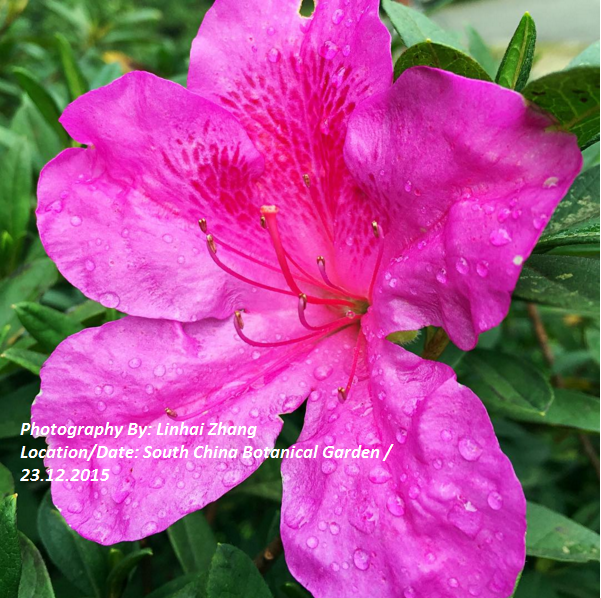
“Rhodora! if the sages ask thee why
This charm is wasted on the earth and sky,
Tell them, dear, that, if eyes were made for seeing,
Then beauty is its own excuse for Being;
Why thou wert there, O rival of the rose!”
The Rhodora – R.W. Emerson
Love this poem? That ‘rival of the rose’ Rhodora mentioned here is actually Rhododendron canadense, a native plant to North America.
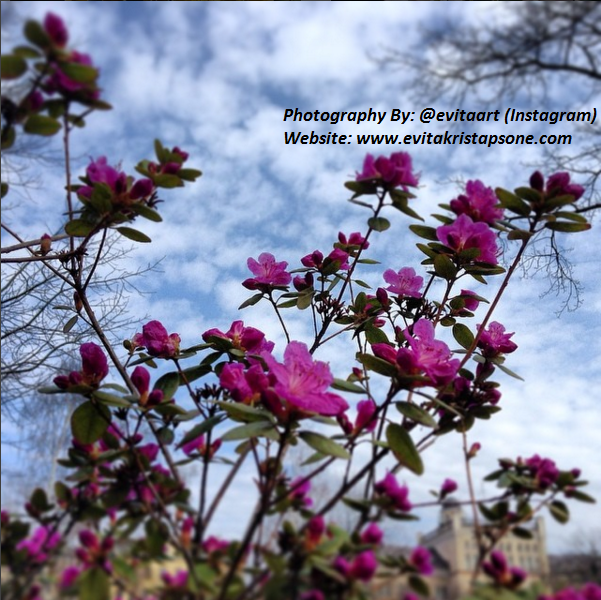
If you know them by the name ‘Azalea’, you are a little bit wrong there. azaleas are in the genus Rhododendron too, members of two subgenus;, Pentanthera (deciduous), and Titsushi (evergreen), are known as azaleas. So you can say that every azalea is a Rhododendron but not every rhododendron is an azalea – just like the sets theory in mathematic:) How can you tell the difference? Well, best to ask opinion of a specialist but here is a hint; rhododendrons have 7 to 10 stamens while azaleas have 5.
Although they were first described by Flemish botanist Charles de l’Écluse, their formal description was made by Carl von Linné, in his legendary book ‘Species Plantarum’.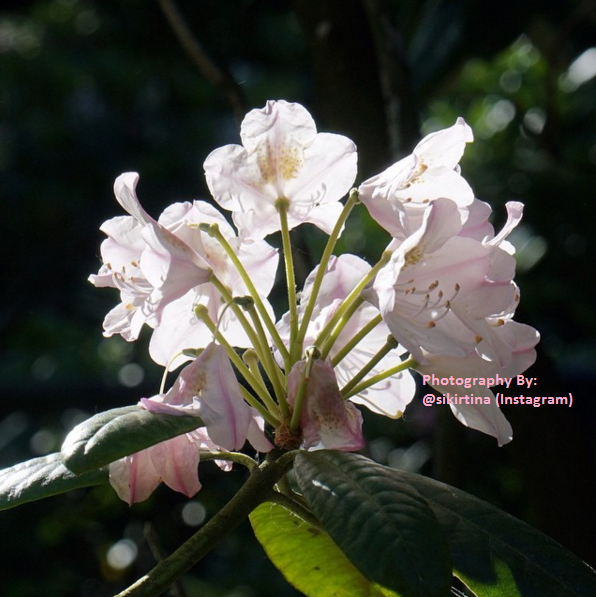 The biggest rhododendron of the world, is the big tree rhododendron (Rhododendron protistum var.giganteum) which can grow up to 30 meters in height (Imagine that in your garden!:D). All of these trees are in the Gaoligongshan Nature Reserve/south-western China.
The biggest rhododendron of the world, is the big tree rhododendron (Rhododendron protistum var.giganteum) which can grow up to 30 meters in height (Imagine that in your garden!:D). All of these trees are in the Gaoligongshan Nature Reserve/south-western China.
Rhododendrons usually have big and leathery leaves and flower shades vary but mainly we can say they are white, red, pink, yellow, purple, magenta, orange trusses (Hummingbirds love them!). Most of the photos you’ll find (if you search) are of pink, red or white rhododendrons, so don’t be surprised if you see a purple-ish blue rhododendron and doubt her identity. And also if you see something like this (photo below);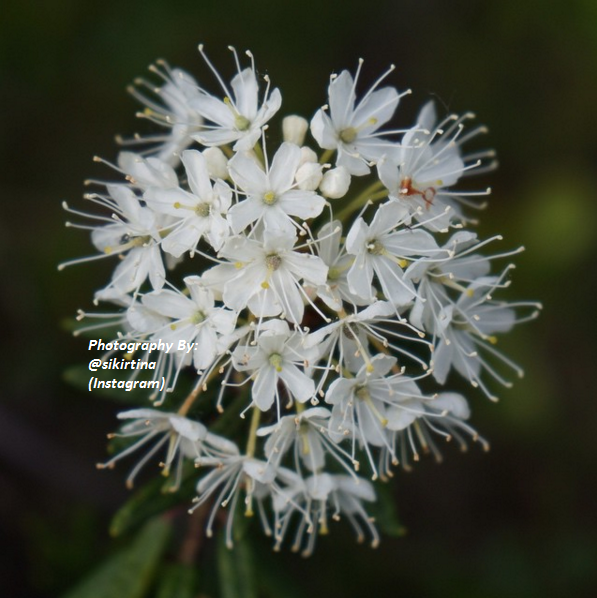 …don’t be confused by the shape and size of the flowers, this is Rhododendron groenlandicum and if you ever heard of Labrador tea, well, here you met her!
…don’t be confused by the shape and size of the flowers, this is Rhododendron groenlandicum and if you ever heard of Labrador tea, well, here you met her!
And they are not in just shrub form. They grow in shrub, bush or tree forms. You can also see them in pots or containers.
There are more than 1000 different Rhododendron species (native to Asia, Australia, North America and Europe) and approximately 2800 new varietes.
Give them their ideal conditions and they may live up to 100 years! Too bad that you probably won’t be there to celebrate it:/
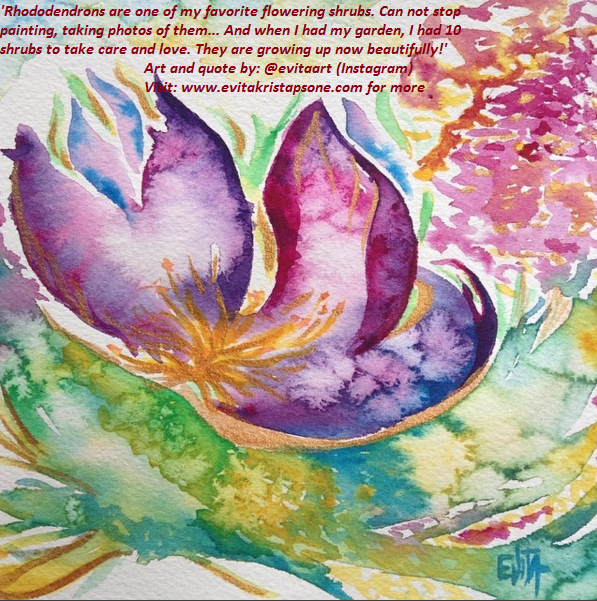
Beware of the Imposters!
Which plants can be mistaken for rhododendrons? Well, so far, as I’ve seen on IG, there is only oleanders (Nerium Oleander) mistaken for rhododendrons. We’ll get them later.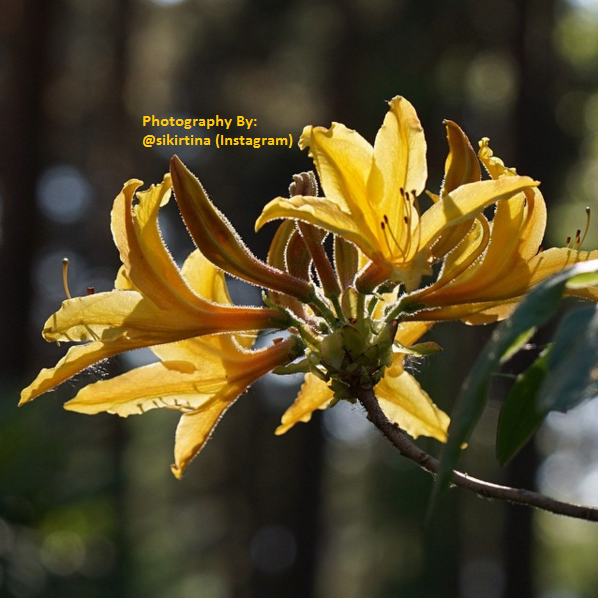
Fun Facts and Trivia:
Tree Rhododendron (Rhododendron arboreum) is the national flower of Nepal, one of the best places to see rhododendrons.
Pacific rhododendron (Rhododendron macrophyllum) is the state flower of Washington, officially choosen in 1959.
Great rhododendron or American rhododendron (Rhododendron maximum) is the state flower of West Virginia since 1903.
If you are into astrological signs, rhododendron is the flower of sign Scorpio.
Believed to symbolize ‘being aware’ and ‘danger’.
Now, right on the point you’ve started to like them, there are a couple of things you should know;
Mad about honey:
Have you ever heard of ‘mad honey’ before? Speaking of ‘before’, the story of mad honey goes way ‘before’, back to 401 B.C., when 10000 Greek mercanaries leaded by general Xenophon, were ‘intoxicated like mad men’ by the honey they ate on their way back home through the Black Sea Region(1).
What happenes to you if you eat mad honey? Well, mad honey is known to have hallucinogenic and laxative effects, and can cause heart problems, vision problems, abdominal pain, vomiting and very low blood pressure.
Mad Honey disease is a very old and known type of food poisoning for both humans and animals in Turkey, mostly occuring in the Eastern Black Sea Region, so that rhododendrons got their well deserved native names such as ‘lamb killer’, although their common name is ‘Orman Gülü’ (Forest Rose) in Turkish.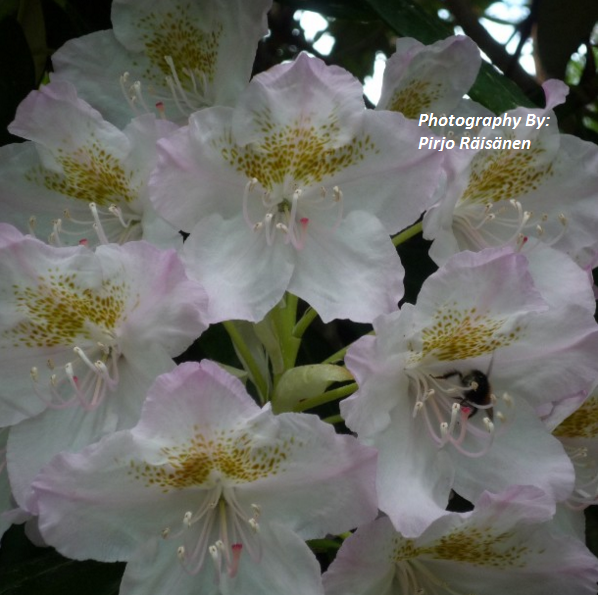 But why? Mad honey is honey as you know it but produced from the nectar of rhododendrons. Rhododendrons and some other members (Kalmia, Agarista and Pieris) of Ericaceae family (or heaths) have diterpene grayanotoxins(2). All parts of a Rhododendron plant are considered as toxic and if consumed directly (leaves, petals…) or seconder ways (like mad honey) cause intoxication. In humans, intoxication is rarely fatal, but animals may not be so lucky. So keep your eyes on them when they are around rhododendrons.
But why? Mad honey is honey as you know it but produced from the nectar of rhododendrons. Rhododendrons and some other members (Kalmia, Agarista and Pieris) of Ericaceae family (or heaths) have diterpene grayanotoxins(2). All parts of a Rhododendron plant are considered as toxic and if consumed directly (leaves, petals…) or seconder ways (like mad honey) cause intoxication. In humans, intoxication is rarely fatal, but animals may not be so lucky. So keep your eyes on them when they are around rhododendrons.
This Means War!:
Common or pontic Rhododendron (Rhododendron ponticum) which was once widely distributed in Europe, but now is primarily found in northern Turkey, southern Bulgaria, the Caucasian states, Lebanon, and the Iberian Peninsula(3) is an invasive species in Belgium, the United Kingdom, Ireland and France. Dealing with them is a very hard and expensive labour (sometimes even leads to land abandonings), as they have a very high growth rate, prolific seeding and resprouting from cut stems (4) and the herbicides which are used in rhododendron controlling, damage everything around them. When you add their toxicity to all that, which makes them inedible by grazing animals, looks like not only the rose but all the flora around them gets in trouble by those rivals.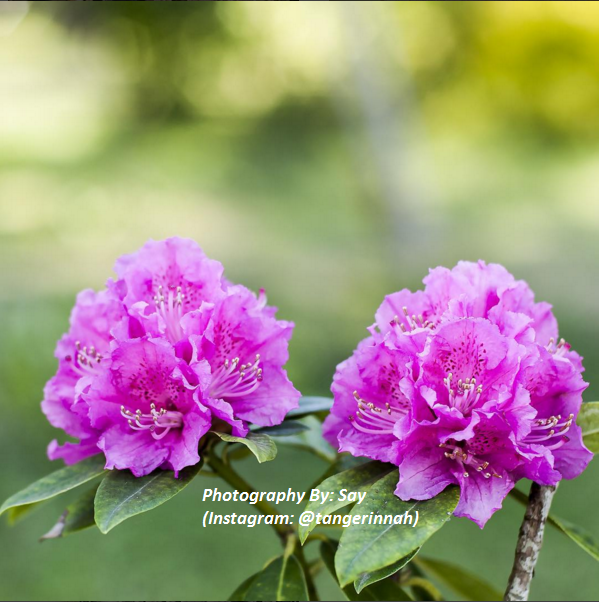
They are indeed a very big problem for native flora and fauna, as they may sweep the native plants off, breaking the food chains those have been established in the environment. If you are curious about just how much stubborn these ladies can be, watch some videos on that, you may witness some wars between humans vs. R. ponticum which has been going on for 30 years now! (Hey! now you can call your ‘very’ demanding friends or ‘just won’t let go’ ex, as a pontic rhododendron:D Heheheh I’m on fire today…)
So, how did they get there? UK, for instance, rhododendron was brought to the UK in between 1763 and 1780 and became quite popular as an ornamental shrub in countryside estates. Why I’m talking about this? Well, to underline how great our impacts on nature were and are, even though we don’t even realize them and how we can cause disasters (from micro to macro levels) even we don’t intend to.
Special Note: Endless thanks to my talented and generous friends for these amazing shots!
Literature I used and/or recommend:
As I promised you that I won’t confuse you with terms, I didn’t put a lot of things (which I personanaly find very helpful) in this post. But in case you want to know more on rhododendrons, you may want to have a look these;
1- “Mad Honey! Bees and the Baneful Rhododendron: A sip of toxic nectar would kill a horse, render a soldier senseless, and inspire an ancient oracle” By Adrienne Mayor, Archeology, November/December 1995
2- “Grayanotoxin poisoning: ‘mad honey disease’ and beyond.”, 2012, Suze A. Jansen, Iris Kleerekooper, Zonne L. M. Hofman, Isabelle F. P. M. Kappen, Anna Stary-Weinzinger, Marcel A. G. van der Heyden
3- “Genetic diversity and floral width variation in introduced and native populations of a long-lived woody perennial”, 2014, Jane C. Stout, Karl J. Duffy, Paul A. Egan, Maeve Harbourne and Trevor R. Hodkinson
4- Rhododendron ponticum (rhododendron) Management and Control, September 2010, IUCN SSC Invasive Species Specialist Group
5- Conversion of temperate forests into heaths: Role of ecosystem disturbance and ericaceous plants, 1995, A. U. Mallik
6- https://eastofenglandnt.wordpress.com/2014/01/02/problematic-ponticum/

Gorgeous images! Informative info…Thank You!
LikeLiked by 1 person
Thank you very much for taking your time to read it!🌟🙏🌟 And thank you on behalf of my friends who generously let me use their photos!🙋
LikeLiked by 1 person
You are very welcome!
LikeLike
Beautiful but deadly, very informative!
LikeLiked by 1 person
Thank you very much dear Genevieve for both taking your time to read it and writing my first comment on WP!😁🙋💕🙏
LikeLiked by 1 person
The pleasure is mine!
LikeLike